Pansies are beautiful flowers that can help your garden look colorful even during the cold seasons.
Besides their lovely blooms, pansies attract pollinators that can benefit your garden. The plants thrive optimally during spring and fall when the weather is temperate.
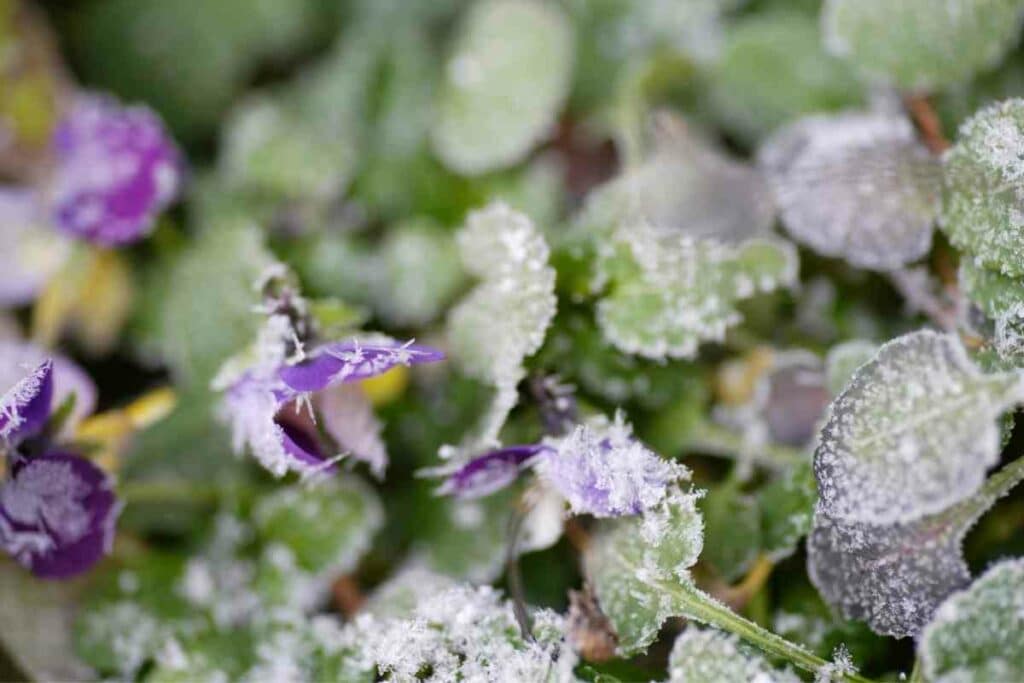
Pansies have remarkable characteristics that help them survive freezing temperatures.
In particular, the plants may go dormant during winter, but they will quickly revive during spring.
Therefore, these plants are well equipped to survive winter frost with proper preparation and care.
Can Pansies Survive Frost
Pansies are known to survive cold weather, some even flower during the winter in some regions.
However, in most cases, the plant goes into a dormant state where it wilts and, in most cases, turns grey as a defense mechanism to survive the severe cold weather.
During the cold winter, pansies’ survival depends on how low the temperature can get.
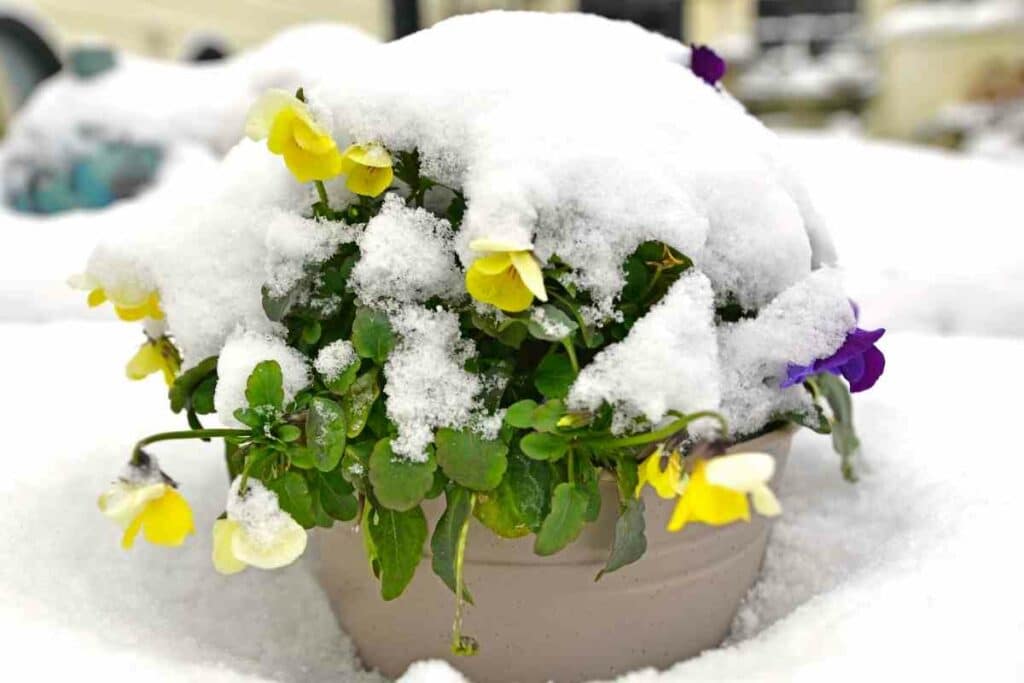
These plants can survive even when the temperatures dip below 26 degrees F. However, their survival chances decrease with decreasing temperatures.
Although these plants can survive freezing temperatures, it does not mean they are not affected by frost or extreme cold.
Some of the care practices you can do include mulching and applying fertilizer.
That said, pansies will do great in zones 4-8, where the temperatures can range between 10 and -30 degrees F.
Keep In Mind – If the frost is too much, you will need to mulch your pansies to provide some warmth. Where the climate is warmer such as in zones 9-11, the plants can flower even during the winter.
Preparing Pansies For Winter
Winter preparation should begin when planning to plant your pansies.
Before you plant the flowers ensure the soil temperatures vary between 45 and 65 degrees F. If the temperatures fall below this, they become stunted and often turn pale with few flowers.
The stunted growth is a result of the cold weather straining the development of the root system, thus curbing the absorption of essential nutrients.
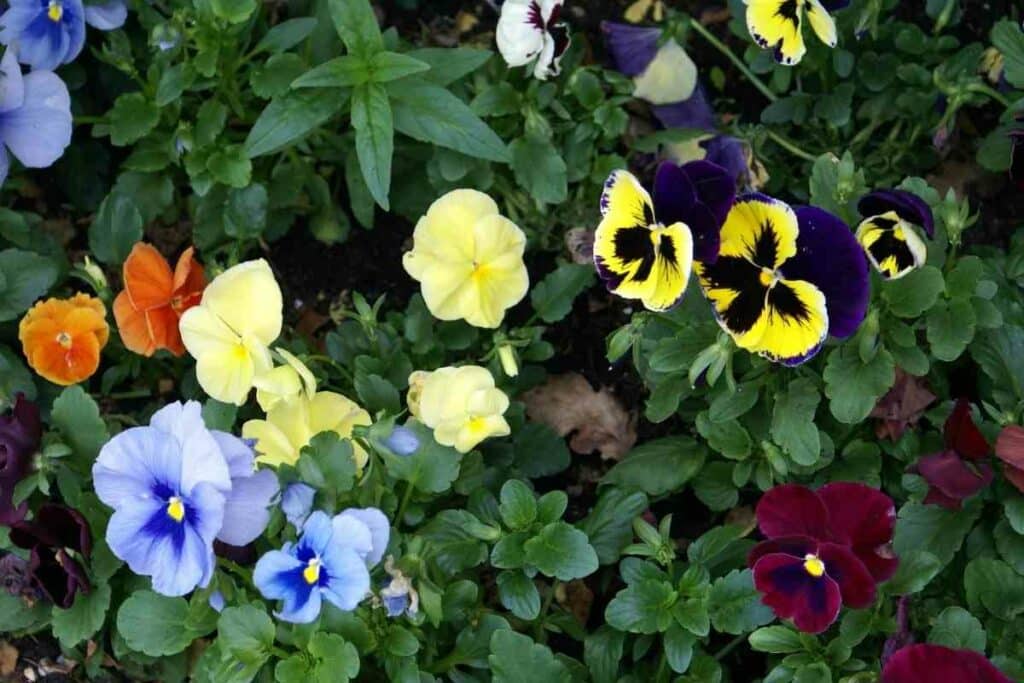
On the other hand, if the temperatures are above 65 degrees F, the plant will not flower adequately and the few flowers that form normally turn yellow.
Also, the plant becomes more prone to frost damage and pests.
Another thing you need to look out for is the seedlings` quality.
When Planting – Ensure the seedlings are healthy and free from pests. Healthy pansies will develop good roots that will effectively uptake nutrients even when the plant is in a dormant state.
Protecting your plants from freezing winter temperatures will be necessary for those living in zones 4-8.
For instance, you can apply dry mulch, which shields the plant from frost.
Essentially, the mulch traps air which acts as a heat insulator, preventing frost attacks. The mulch should be removed after winter to avoid fungi growth and rot.
While most pansies can survive winter frost, we recommend the following varieties.
- Skyline
- Presto
- Accord series
- Delta
- Crystal Bowl
- Maxim series
- Universal
- Icicle pansies
When Will Winter Start Affecting My Pansies
Pansies are highly tolerant and can survive sub-zero temperatures.
They can even flower during mild winters.
Nonetheless, your pansies will start wilting and turning grey when the air temperature drops below 26 degrees F. Lower temperatures will cause your pansies to freeze.
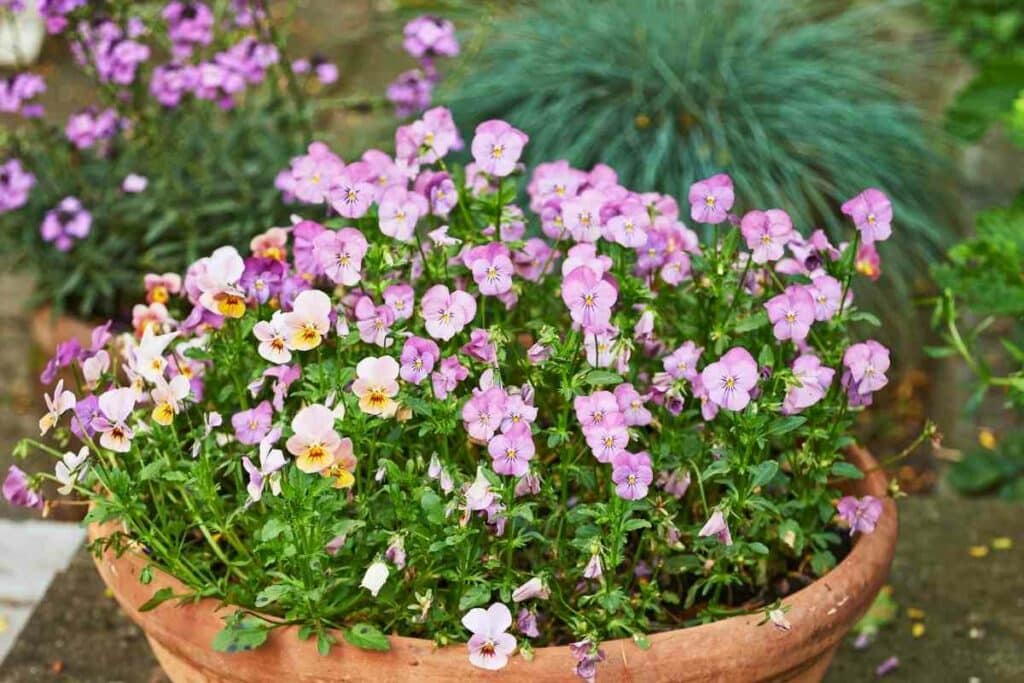
Interestingly, it does not mean that your pansies have died; they are simply dormant.
Due to the extreme weather conditions, the plant hibernates just like some animals do to conserve energy.
Even at this stage, the pansy plant will still create new buds, which will develop into gracious flowers during spring.
However, it is vital to check the soil temperatures since it can make the pansies freeze. Frozen soils inhibit the roots from absorbing necessary nutrients from the soil.
Without Water – The plant will be unable to create food and will be significantly affected by frost. It will not have enough energy to inhibit frost and eventually dry out.
Is Mulching Important For Your Pansies During Winter
Despite pansies being tolerant to cold temperatures, they still need care and management, especially in harsh winters.
If you live below zone 6, where the temperature can drop to -10 degrees F and below, covering your pansies with pine straw mulch will ensure they retain some heat.
However, the mulch should be lightweight to reduce fungal growth and rot.
Also, you can purchase a frost-protection fabric if the weather is not very cold.
Since the weather can be unpredictable in some places, it is essential to ensure you have the fabric or mulch to ensure the soil does not freeze.
Also, plant your pansies on elevated beds to prevent soaking the roots, especially if your region experiences rainfall during winter.
Saturated cold soils can be harmful to the roots; they encourage frosting, killing your plant.
Can You Plant Pansies During Winter
It would be best if you did not plant your seedlings during winter.
During this period, the soil temperature is too low, which will damage the development of the roots.
Instead, plant during fall or early spring. However, before planting, use a soil thermometer to check the temperatures of the soil.
Based on the soil temperatures, you can make a wise decision on when to plant your seedlings.
Also, refer to the USDA planting zones to check the compatibility of the pansy variety and the prevailing weather conditions.
Important Takeaways
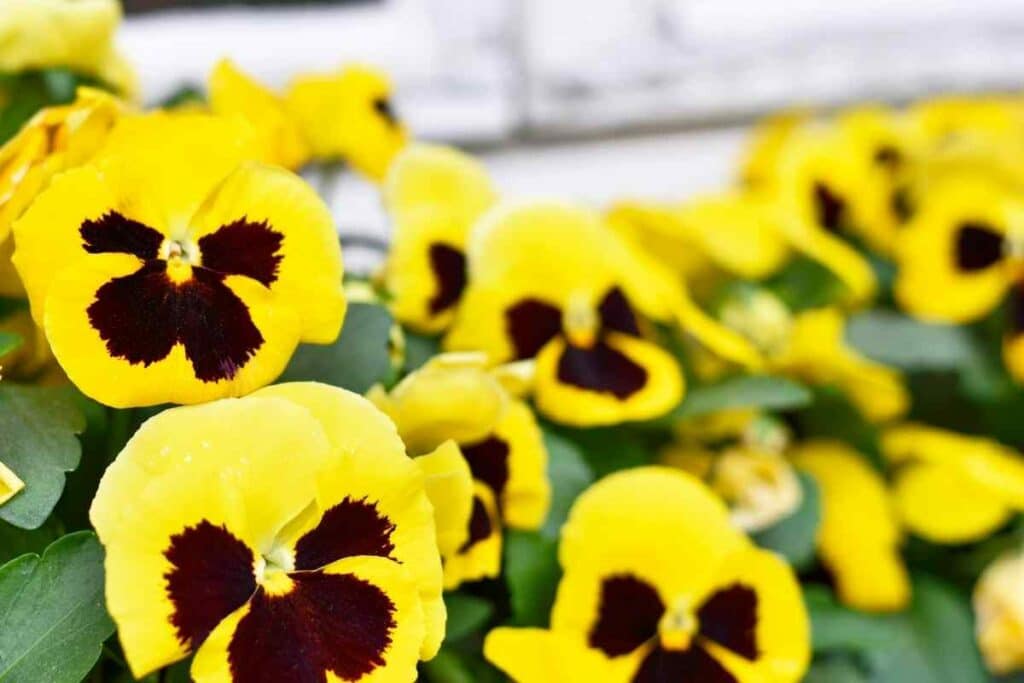
The following tips will ensure your pansies survive well through the winter:
- Plant during fall or early spring when the soil temperatures are adequate for pansies.
- Choose a pansy variety that is hard enough to survive in your region.
- Prepare the soil appropriately and ensure the bed is elevated if you live in an area that experiences high rainfall during winter.
- Ensure the soils are well drained to prevent rot and fungal spread.
- Plant the seedlings in a tray rather than straight in a bed. You can transfer the pansies to the bed when the appropriate height is reached.
- Water and fertilize the pansies as required. Use the seedling manual.
- During freezing weather, cover the pansies with lightweight mulch or frost-protective fabric.
Final Thoughts
Pansies are tolerant plants that have lovely flowers.
These plants are hardy and can survive winter frost. If the temperatures are too cold, pansies overwinter and flourish during the onset of the spring season.
However, in temperate regions, pansies continue to grow and flower even during winter.
That said, it is vital to shield your pansies from frost by covering them with a thin mulch.
You can also use a frost-protective fabric if the weather is not extreme. With proper management, your spring will be welcomed by a colorful garden.


